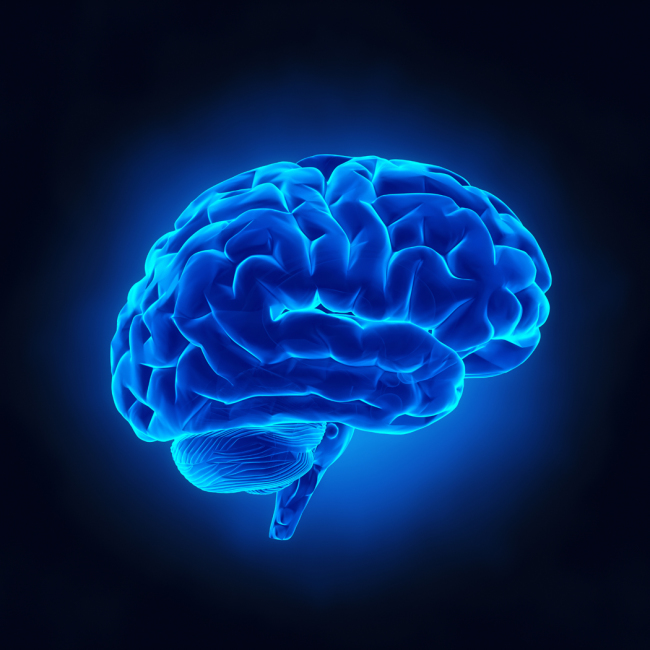The Neuroscience of Mindfulness
How Mindfulness Changes Your Brain
Primary keyword: neuroscience of mindfulness
Secondary keyword: mindfulness and the brain
We’ve all heard of the term “mindfulness.” We know it works, but why? What’s actually happening in the brain? What’s the neuroscience of mindfulness?
As it turns out, mindfulness literally rewires your brain, changing the way you think and feel on a fundamental level. Studies show people who commit to a regular mindfulness meditation practice function at a different level of awareness – and it shows in their brainwaves.
By understanding the connection between mindfulness and the brain, you can bridge the gap between where you are and where you want to be.
What is Mindfulness?
Mindfulness is a practice and a state of mind.
As a state of mind, mindfulness is paying attention to your thoughts and feelings without judgement. It’s connecting to the present moment by raising your awareness.
As a practice, mindfulness is the ability to change the way you perceive your internal and external environment. It’s making a conscious effort to be fully engaged in the here and now. This requires focusing on your breath and tuning in to your senses.
When you bring awareness to what you’re experiencing through your senses, or to your state of mind through your thoughts and emotions, you’re being mindful. Looking at the neuroscience of mindfulness, there’s growing evidence showing that when you train your brain to become mindful, you’re literally rewiring the way you think and feel.
How to Practice Mindfulness
While mindfulness is something we all inherently possess, it’s easier to access when we practice on a daily basis. Jon-Kabat Zinn, Ph.D., founder of Mindfulness-Based Stress Reduction (MBSR) describes the three main components of cultivating mindfulness:
- Non-judgment: Being aware of your own mental judgments, acting as an impartial witness to your own experience.
- Patience: Being completely open to each moment, accepting it for what it is.
- Beginner’s mind: The willingness to see everything as if for the first time without getting stuck in the rut of your own expertise or habits.
The Health Benefits of Mindfulness
Mindfulness promotes relaxation and insight, helping us effectively manage stress and deal with challenging life circumstances. Practicing mindfulness on a regular basis is scientifically-proven to improve overall health and wellbeing.
Benefits include the following:
- Lowered stress levels
- Reduced anxiety and depression
- Boosted attention and concentration
- Improved memory
- Strengthened immune system
- Emotional regulation
- Increased ability to feel empathy and compassion
The Neuroscience of Mindfulness
Numerous neuroimaging studies have explored mindfulness and the brain, and how mindfulness meditation changes brain structure. Results showed eight brain regions were consistently altered:
Rostrolateral Prefrontal Cortex: The part of the brain associated with meta-awareness (awareness of your own thoughts), and complex information processing.
Sensory Cortices and Insular Cortex: The regions that are linked to body awareness and the senses (vision, touch, hearing, taste, smell) as well as emotional processing and consciousness.
Hippocampus/Limbic System: Regions of the brain involved in memory processing and emotion regulation.
Cingulate Cortex and Orbitofrontal Cortex: Parts of the brain linked to emotion regulation and self-regulation.
Superior Longitudinal Fasciculus and Corpus Callosum: Brain areas involved in the communication between different brain areas.
Findings showed changes in density and thickness of brain tissue, cortical surface area, and white matter fiber density.
Along with changing brain structure, there are numerous neuroimaging studies that measure how mindfulness changed brain function, specifically in areas of attention control (1), emotion regulation (2) and self-awareness (3).
How to Incorporate Mindfulness in Your Everyday Life
Whether it’s waiting in line at the grocery store, sitting at your work desk or eating dinner, the beauty of mindfulness is that you can practice it anytime, anywhere.
- To enter a mindful state, the first step is to place your attention on your breathing.
- Take a deep breath, focusing only on inhaling and exhaling. This will help clear your mind of any stress or distraction, and start releasing tension in the body.
- Next, try connecting to your senses. What do you see, smell and hear? Connecting to your senses will help you connect to the present moment.
It is only in the present moment where you can truly experience contentment in life.


Add Comment